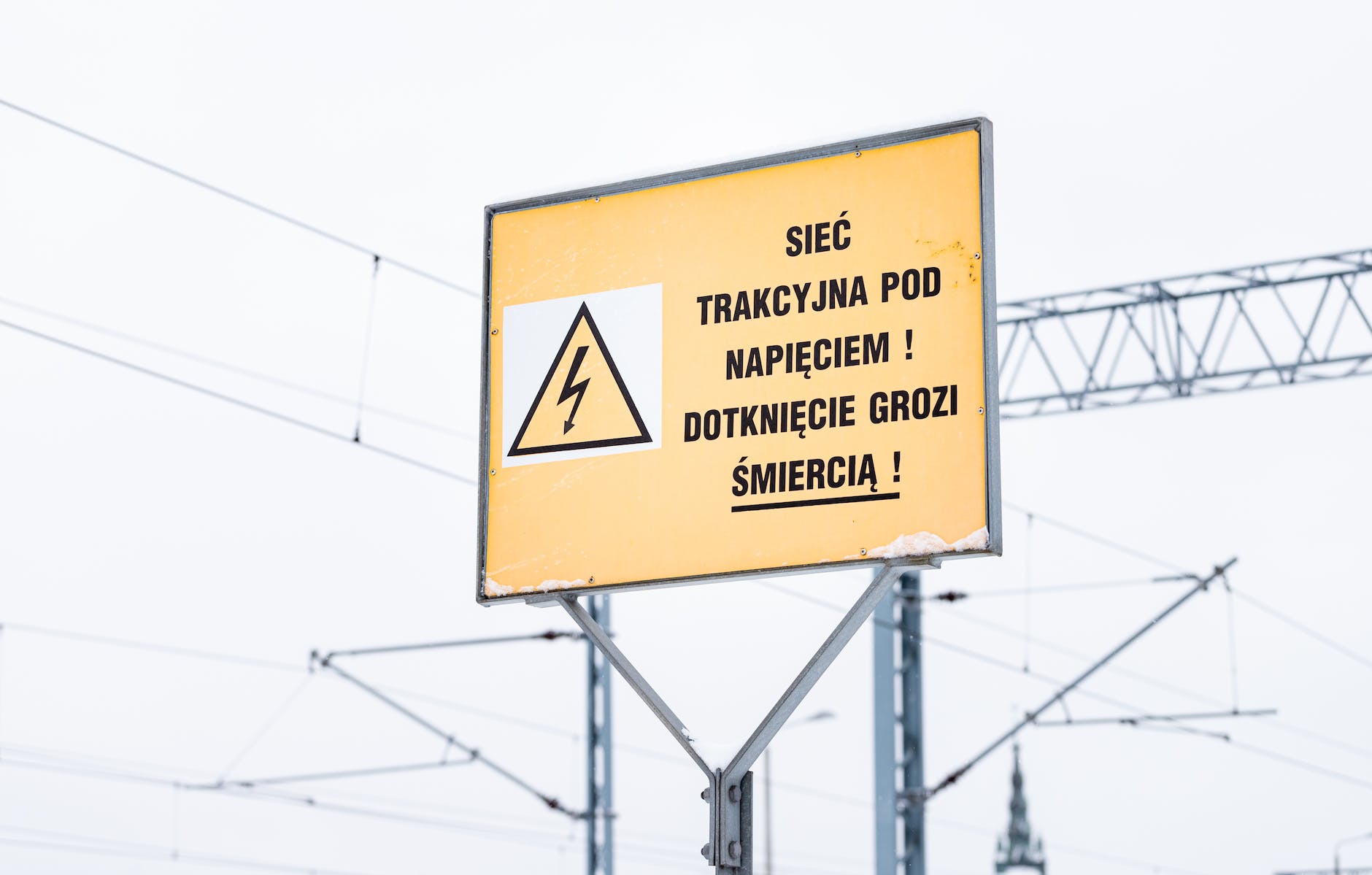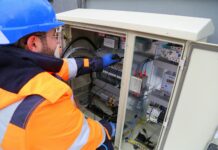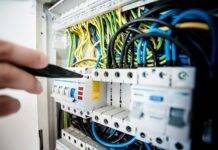
Wired for Safety: Navigating Electrical Hazards in Construction
Electrical Hazards in Construction : Electricity is the lifeblood of modern construction, powering tools, lighting, and machinery. However, it can also be a silent and deadly hazard if not managed with the utmost care. Electrical safety in construction is a paramount concern, as workers regularly interact with electricity in various forms. Let’s delve into the importance of electrical safety and the measures required to mitigate associated risks.
Understanding the Risk:
Electricity is an indispensable part of construction, but it poses significant risks. Exposure to electrical hazards can result in severe injuries, including burns, electrocution, and even fatalities. Construction workers are particularly vulnerable due to their frequent exposure to live electrical systems and equipment.
Key Electrical Safety Measures:
- Training and Education: Electrical safety begins with education. Workers must receive proper training on electrical hazards, safe work practices, and the use of electrical equipment.
- Lockout/Tagout (LOTO): LOTO procedures are crucial for de-energizing electrical systems before maintenance or repairs. These procedures ensure that equipment is safely isolated from power sources.
- Personal Protective Equipment (PPE): The use of PPE, such as insulated gloves, goggles, and flame-resistant clothing, is essential when working with or near electricity.
- Ground Fault Circuit Interrupters (GFCIs): GFCIs are designed to quickly disconnect power when they detect a ground fault, reducing the risk of electrical shock.
- Safe Wiring Practices: All electrical installations should follow national and local electrical codes, ensuring that wiring is correctly installed and grounded.
- Regular Inspections: Routine inspections of electrical equipment and wiring can identify potential issues before they become hazards.
- Electrical Hazard Analysis: Conducting an analysis of the work environment to identify electrical hazards is critical. This helps in implementing preventive measures and developing safe work procedures.
Overhead and Underground Power Lines:
Construction sites often involve working near overhead power lines or digging near underground utilities. Proper precautions, such as maintaining safe distances, are essential to prevent accidental contact with live electrical lines.
Emergency Response Plans:
In the event of an electrical incident, having a well-defined emergency response plan is crucial. Workers should know how to respond to electrical accidents and administer first aid when needed.
Regulations and Compliance:
The Occupational Safety and Health Administration (OSHA) has specific regulations (29 CFR 1926.400) that govern electrical safety in construction. Employers must comply with these regulations to protect their workers and avoid legal repercussions.
A Culture of Safety:
Electrical safety is not solely the responsibility of a few individuals; it’s a collective effort. Fostering a culture of safety where everyone is vigilant and proactive in identifying and reporting potential electrical hazards is key.
Electrical Hazards and Precautions
What Are the 5 Main Electrical Hazards?
Electrical Safety Hazards and Control Measures
Electrical Safety at the Workplace
Electrical Area Classification
Conclusion:
In the construction industry, electrical safety is non-negotiable. Workers and employers alike must recognize the importance of electrical safety measures and commit to their diligent implementation. By doing so, we can ensure that construction sites are places of progress and innovation rather than danger, where electricity powers our projects without compromising the safety of those who build them.
Remember, the true measure of success in construction is not just completing a project, but doing so while keeping every worker safe and sound. Electrical safety is a fundamental part of that mission, one that we must embrace every day on the construction site.
























